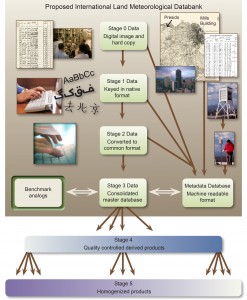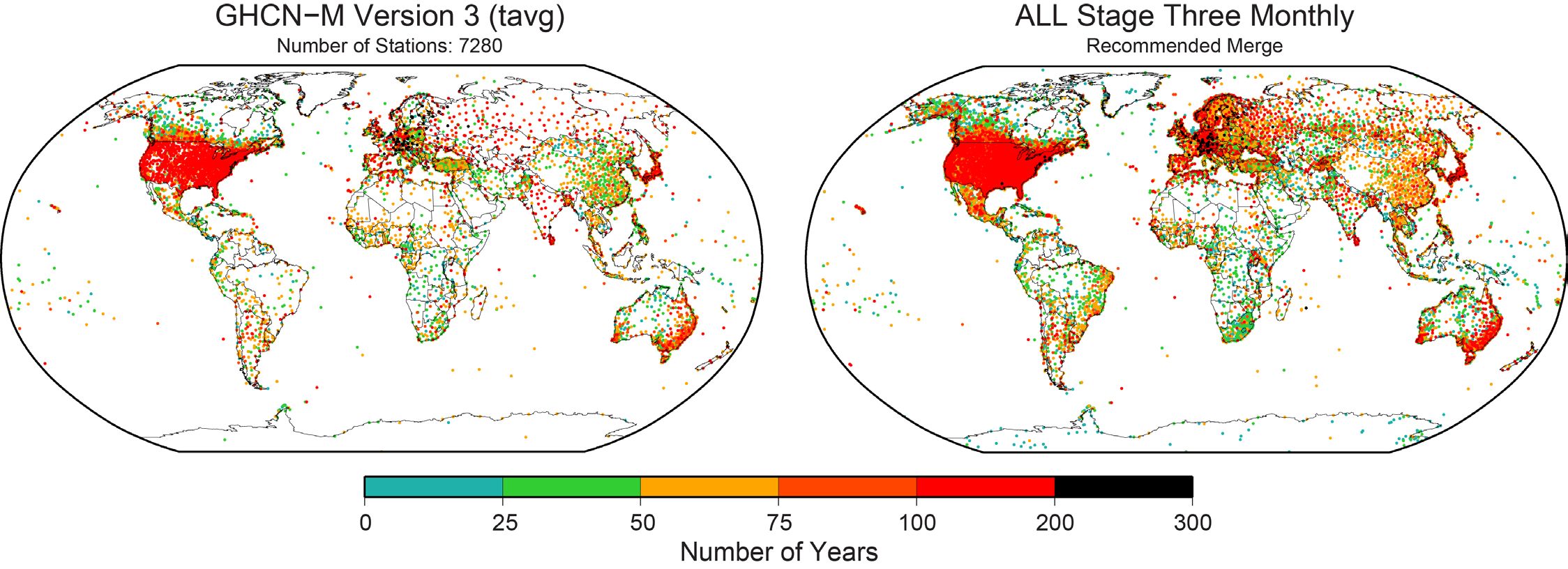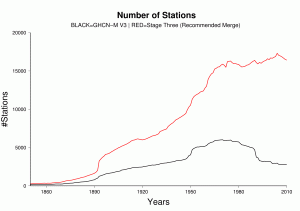A new study by Screen and Simmonds demonstrates the statistical connection between high-amplitude planetary waves in the atmosphere and extreme weather events on the ground.
Guest post by Dim Coumou
There has been an ongoing debate, both in and outside the scientific community, whether rapid climate change in the Arctic might affect circulation patterns in the mid-latitudes, and thereby possibly the frequency or intensity of extreme weather events. The Arctic has been warming much faster than the rest of the globe (about twice the rate), associated with a rapid decline in sea-ice extent. If parts of the world warm faster than others then of course gradients in the horizontal temperature distribution will change – in this case the equator-to-pole gradient – which then could affect large scale wind patterns.
Several dynamical mechanisms for this have been proposed recently. Francis and Vavrus (GRL 2012) argued that a reduction of the north-south temperature gradient would cause weaker zonal winds (winds blowing west to east) and therefore a slower eastward propagation of Rossby waves. A change in Rossby wave propagation has not yet been detected (Barnes 2013) but this does not mean that it will not change in the future. Slowly-traveling waves (or quasi-stationary waves) would lead to more persistent and therefore more extreme weather. Petoukhov et al (2013) actually showed that several recent high-impact extremes, both heat waves and flooding events, were associated with high-amplitude quasi-stationary waves. [Read more…] about Rossby waves and surface weather extremes
References
- J.A. Francis, and S.J. Vavrus, "Evidence linking Arctic amplification to extreme weather in mid‐latitudes", Geophysical Research Letters, vol. 39, 2012. http://dx.doi.org/10.1029/2012GL051000
- E.A. Barnes, "Revisiting the evidence linking Arctic amplification to extreme weather in midlatitudes", Geophysical Research Letters, vol. 40, pp. 4734-4739, 2013. http://dx.doi.org/10.1002/grl.50880
- V. Petoukhov, S. Rahmstorf, S. Petri, and H.J. Schellnhuber, "Quasiresonant amplification of planetary waves and recent Northern Hemisphere weather extremes", Proceedings of the National Academy of Sciences, vol. 110, pp. 5336-5341, 2013. http://dx.doi.org/10.1073/pnas.1222000110


